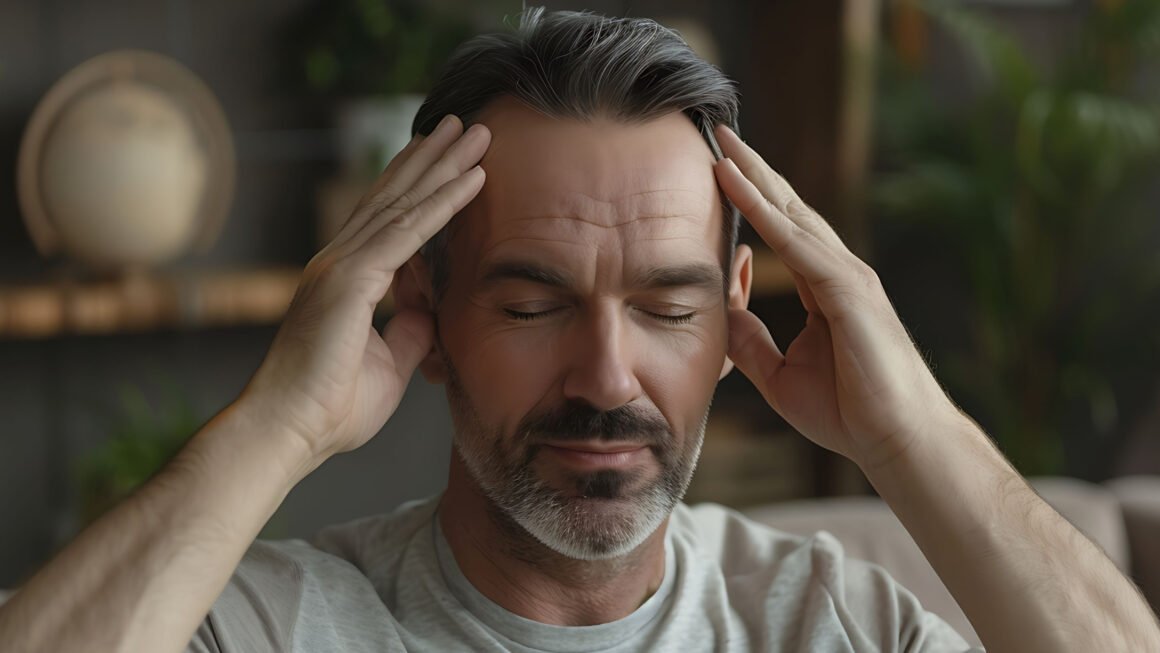Substance use disorder is one of the most pressing public health challenges in the world today. For individuals struggling with opioid, alcohol, or other drug addictions, recovery can feel overwhelming. Traditional approaches such as counseling and support groups remain vital, but for many people, medication-assisted treatment (MAT) provides an extra lifeline.
MAT combines FDA-approved medications with counseling and behavioral therapies to create a more comprehensive recovery plan. Studies have shown that MAT can reduce opioid overdose deaths by more than 50%, while also improving treatment retention and lowering relapse rates. Despite its proven success, it is still misunderstood by many people who view it as “replacing one drug with another.”
In this blog, we’ll break down what MAT is, how it works, the medications involved, and why it’s considered a gold standard in addiction recovery.
What Is Medication-Assisted Treatment?
Medication-Assisted Treatment (MAT) refers to the use of specific, approved medications alongside therapy and counseling to treat substance use disorders. The primary goal is not only to manage withdrawal and cravings but also to support long-term recovery and restore stability to daily life.
MAT is most commonly used for opioid addiction (heroin, fentanyl, prescription painkillers), but it is also effective in treating alcohol use disorder. By combining medical and psychological support, MAT addresses both the physical dependency and the behavioral aspects of addiction.
Why MAT Is Used in Recovery
Addiction is not simply a matter of willpower it is a chronic brain condition that alters how reward, motivation, and self-control systems function. For many people, stopping drugs “cold turkey” leads to severe withdrawal symptoms and intense cravings, both of which often cause relapse. MAT helps reduce these barriers.
- Reducing withdrawal symptoms: Withdrawal can cause severe physical and psychological distress. Medications help ease these symptoms, making it more likely for individuals to stay in recovery programs.
- Decreasing cravings: One of the biggest hurdles in recovery is uncontrollable cravings. MAT medications act on the same brain receptors as addictive substances, but in a controlled and safer way, reducing the urge to use.
- Improving retention in treatment: Studies consistently show that individuals on MAT are more likely to remain engaged in counseling, therapy, and structured recovery programs compared to those who receive therapy alone.
Common Medications Used in MAT
Several FDA-approved medications are central to MAT programs. Each works differently depending on the substance being treated.
- Methadone: A long-acting opioid agonist that reduces cravings and withdrawal without producing the same high as heroin or other opioids. Taken daily at specialized clinics, it allows individuals to stabilize and rebuild their lives.
- Buprenorphine (Suboxone, Subutex): A partial opioid agonist that provides relief from cravings and withdrawal but has a ceiling effect, meaning it’s harder to misuse or overdose on. It can often be prescribed by certified doctors outside of clinics, making it more accessible.
- Naltrexone (Vivitrol): An opioid antagonist that blocks the euphoric effects of opioids and alcohol. Unlike methadone or buprenorphine, it does not reduce withdrawal symptoms but prevents relapse by making substances ineffective.
- Disulfiram (Antabuse) and Acamprosate (Campral): These are primarily used for alcohol use disorder. Disulfiram creates unpleasant reactions when alcohol is consumed, while acamprosate reduces cravings and helps maintain abstinence.
Benefits of MAT
The effectiveness of MAT goes beyond reducing cravings. It supports broader areas of health and well-being.
- Lowering overdose risk: With opioids, the risk of fatal overdose is extremely high. MAT drastically reduces this by stabilizing brain chemistry and preventing uncontrolled relapse.
- Supporting mental health: Addiction often coexists with anxiety, depression, or PTSD. By reducing cravings and withdrawal symptoms, MAT makes it easier for people to engage in therapy and address these underlying conditions.
- Restoring daily function: MAT helps individuals regain stability, allowing them to return to work, school, and family responsibilities. This normalcy is crucial in rebuilding self-esteem and long-term recovery.
- Reducing criminal activity: Many studies link untreated addiction with higher rates of illegal activity. With MAT, people are less likely to relapse into behaviors tied to drug acquisition.
Misconceptions About MAT
Despite evidence, myths continue to surround MAT.
- “It’s replacing one addiction with another.”
In reality, medications like methadone or buprenorphine are carefully prescribed and monitored. They stabilize brain function without the highs and compulsive use associated with addiction. - “MAT should only be short-term.”
Research shows that longer treatment duration often leads to better outcomes. For many, MAT is a long-term or even lifelong approach to maintaining recovery. - “People on MAT aren’t really sober.”
Sobriety isn’t just about abstinence from all substances—it’s about stability and the ability to live a functional, fulfilling life. MAT supports that process.
Challenges in MAT
While MAT is effective, it does face certain challenges.
- Accessibility: In many regions, there are not enough providers certified to prescribe MAT medications, limiting access for those who need it.
- Stigma: Cultural and social stigma discourages some individuals from seeking MAT, despite its proven benefits.
- Cost and insurance barriers: While some medications are covered, others can be expensive without proper insurance, creating inequality in access.
FAQs
1. Does MAT cure addiction?
No, MAT is not a cure but a treatment approach. Addiction is a chronic condition, and MAT helps manage symptoms, reduce relapse, and support long-term recovery.
2. How long should someone stay on MAT?
The length varies. Some people may use MAT for months, while others benefit from years of ongoing treatment. Doctors typically recommend individualized timelines based on progress.
3. Is MAT safe for pregnant women?
Yes, methadone and buprenorphine are often used in pregnant women with opioid use disorder. They improve outcomes for both mother and baby compared to unmanaged addiction.
4. Can MAT be used for alcohol addiction?
Yes, medications like naltrexone, disulfiram, and acamprosate are specifically designed to treat alcohol use disorder and are effective when paired with therapy.
5. Are there side effects of MAT medications?
Yes, as with any medication, there can be side effects such as constipation, headaches, or nausea. However, these are generally manageable and less harmful than continued substance use.
6. Is counseling necessary with MAT?
Yes, MAT is most effective when combined with behavioral therapy and counseling. The medications address physical dependence, while therapy tackles psychological and social aspects.
7. Why is MAT not available everywhere?
Regulations, lack of trained providers, stigma, and healthcare inequalities often limit MAT availability. Expanding access is a major focus of public health initiatives.
Medication-Assisted Treatment (MAT) is one of the most effective tools for addressing addiction today. By combining FDA-approved medications with counseling and therapy, MAT helps people manage cravings, reduce relapse, and rebuild their lives.
Despite stigma and barriers, the science is clear: MAT saves lives. For those struggling with opioid or alcohol use disorder, seeking professional guidance about MAT could be the turning point toward recovery and stability.




